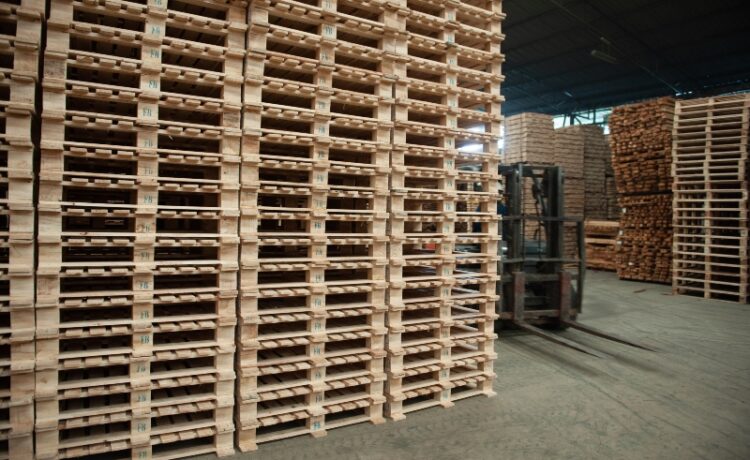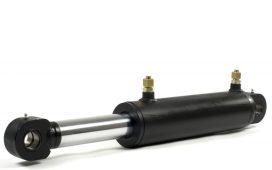There are many aspects of storage and shipping operations that need to work well together to boost efficiency. One of them is the pallets you are using.
If you have been using stringer pallets, then you might be worried about the efficiency or cost of your operations. Luckily, there is an excellent alternative that can provide you a great deal of benefits.
To give you an idea, here are some reasons why you should switch from stringer pallets to block pallets.
1. Block Pallets Are Stronger and More Durable
One of the biggest differences between stringer and block pallets is durability. Stringer pallets typically use two or three parallel boards (called stringers) for support. While this works for lightweight loads, stringer pallets can struggle under heavier weight. Over time, they wear down faster, increasing the likelihood of breaks or damage.
Block pallets, on the other hand, are built with extra support from blocks at each corner and in the middle. This design makes them stronger, capable of holding heavier loads without bowing or breaking. If you’re dealing with heavy products, this is a major advantage. The switch could reduce your need to constantly replace broken pallets, saving money in the long run.
2. Easier Handling with Forklifts
Another reason to consider block pallets is how they interact with forklifts. Stringer pallets usually have limited access points, which means forklift operators can only lift them from two sides. This can make it tricky to maneuver the pallets in tight spaces, slowing down your operations.
Block pallets, however, offer four-way entry, meaning forklifts can lift them from any side. This added flexibility allows for quicker and more efficient handling, making it easier to load and unload trucks, stack products, and move things around your warehouse.
If you’re finding that your current pallet system slows down your operations, switching to block pallets can streamline your workflow. Less hassle means more time to focus on other important tasks.
3. Block Pallets Have a Longer Lifespan
Investing in block pallets is like getting a product with a longer shelf life. As mentioned earlier, stringer pallets tend to wear out more quickly due to their design. This can lead to more frequent replacements, increasing your operational costs.
Block pallets, thanks to their sturdier construction, last longer. Their reinforced design means they can withstand more wear and tear, so you don’t have to worry about constantly cycling through pallets. In industries where rough handling is a norm, block pallets hold up far better, reducing the need for frequent repairs or replacements.
For companies seeking custom pallets that align with specific size or weight requirements, block pallets offer better options. They can be designed to meet your exact needs while still offering the strength and durability your operation demands.
4. More Environmentally Friendly
If sustainability is important to your business, block pallets are the greener choice. Because they’re more durable, they don’t need to be replaced as often. This reduces the overall demand for raw materials used in pallet production, which can lower your company’s environmental footprint.
In addition to lasting longer, block pallets are also easier to recycle. Many block pallets are designed to be taken apart and repurposed when they do eventually wear out. This makes them a more eco-friendly option compared to stringer pallets, which are often discarded or end up in landfills once they break.
Switching to block pallets can help your company reduce waste and meet sustainability goals, giving you an extra edge when promoting your business as environmentally conscious.







